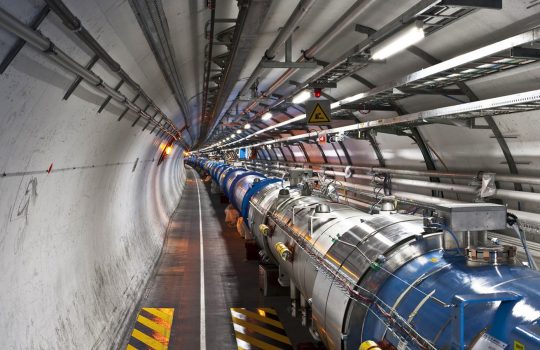LHC’s newest data: a victory for the Standard Model, defeat for new physics
From Forbes, Dec. 2, 2016: The latest search results released by the CMS collaboration rule out two classes of hypothetical particles, gluinos and squarks, below about 1.4 TeV in energy.






